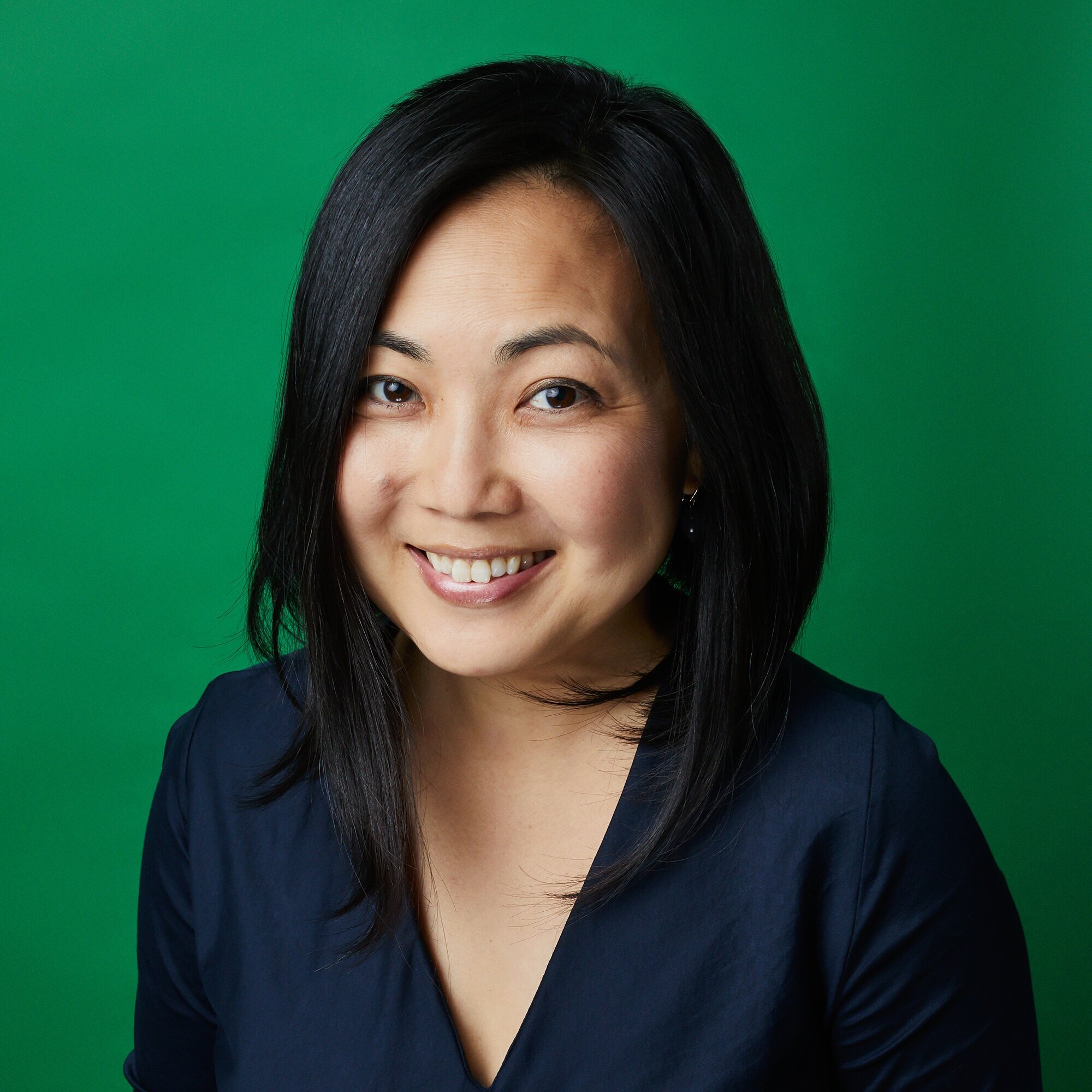7 Questions with Lisa Kim
Dexter Wimberly interviews Lisa Kim, Director of Ford Foundation Gallery and Hayama Artist Residency 2022 Selection Committee Member.
1) Tell us about the work you do at the Ford Foundation Gallery. Do you also curate exhibitions there?
As the inaugural director of the Ford Foundation Gallery, it has been my job to create and implement the programmatic and operational structure of the gallery. I work closely with independent curators whose work and ideas align with the mission of the foundation. I am also the steward of the foundation’s permanent contemporary art collection, which hangs throughout our landmark NYC headquarters.
2) What have been some of the most exciting artists and projects you’ve worked on during your time at the Ford Foundation?
Our building renewal project and the installation of our new collection and site-specific commissions in the building was an incredible experience—to have been part of the team to set the tone and voice for the Ford Foundation Center for Social Justice.
I will never forget the energy and enthusiasm on opening night of our first exhibition, on a very cold night in March 2019. That evening was made even more special with a “spoken opera” invocation by Vanessa German.
There are too many artists to name, but a project that is near and dear to me is the over-life-size version of I Am Queen Mary by La Vaughn Belle and Jeannette Ehlers, which we commissioned for Radical Love. The monumental sculpture was originally created to mark the centennial of the sale and transfer of the Virgin Islands to the United States. It honors the legacy of Mary Thomas and the other women who led the great “Fireburn,” a significant labor rebellion in St. Croix in 1878. It is the first public artwork to honor a Black woman ever exhibited in Denmark. The version created for Radical Love is currently on long-term loan to Barnard College in New York City.
3) You serve on some boards and advisory boards. Why is that an important part of the work you do?
My advisory board roles are a way of sharing knowledge while learning from fellow board members. It is an opportunity to offer moral and professional support to the organizations’ leadership and staff. Arts organizations survive through community and networks. No one does this alone.
4) Prior to taking on your current role, you worked in Brooklyn. What was the experience like?
I feel quite fortunate in the timing and opportunity to have worked for a real estate developer who was committed to supporting the arts. When you have a dedicated patron who is willing to expand the relationship and role of the developer in a building site or neighborhood, it can lead to great partnerships and offer new models for cultural philanthropy. It was an honor and great privilege to have been able to create and formalize the company’s programs and protocol for supporting artists and nonprofit tenants.
5) You have a long history of working with artists. What are some of the biggest changes you’ve observed in the art world over the past 10 years?
There has been a democratization of art. The audience and demand for contemporary art has grown tremendously. For better or for worse, social media has played a large role in this and has been part of the shifting tides in the art world. I am constantly inspired (and kept on my toes) by how artists’ practice expands—both materially and conceptually. I am happy to see that the perception of public art has been elevated and that more audiences have access to work in public spaces. There are so many more ways in which art connects to our lives—from raising our social consciousness to offering mutual aid to creating modes of dissent and resistance. And while we still have a long way to go, there has been growth in the diversity of representation and opportunities for artists.
6) You also have experience working with commercial galleries. Was that exciting? How is it different from the work you do now?
The scale, pace, and audience are vastly different from my commercial gallery days to Ford.
However, the nuts and bolts of running a gallery are the same. Everything boils down to storytelling. How do you tell the story of the show/the artist/the artwork?
7) The world has changed tremendously in the past two years. How has the pandemic affected the work you do?
The pandemic has sparked a greater sense of urgency for the work that we do. As with others, we made the immediate shift to online programming—which opened up a new way to work, a new way to commission artworks, and a new way to welcome audiences. The upside has been that we can gather outside the boundaries of geography and across multiple time zones.

